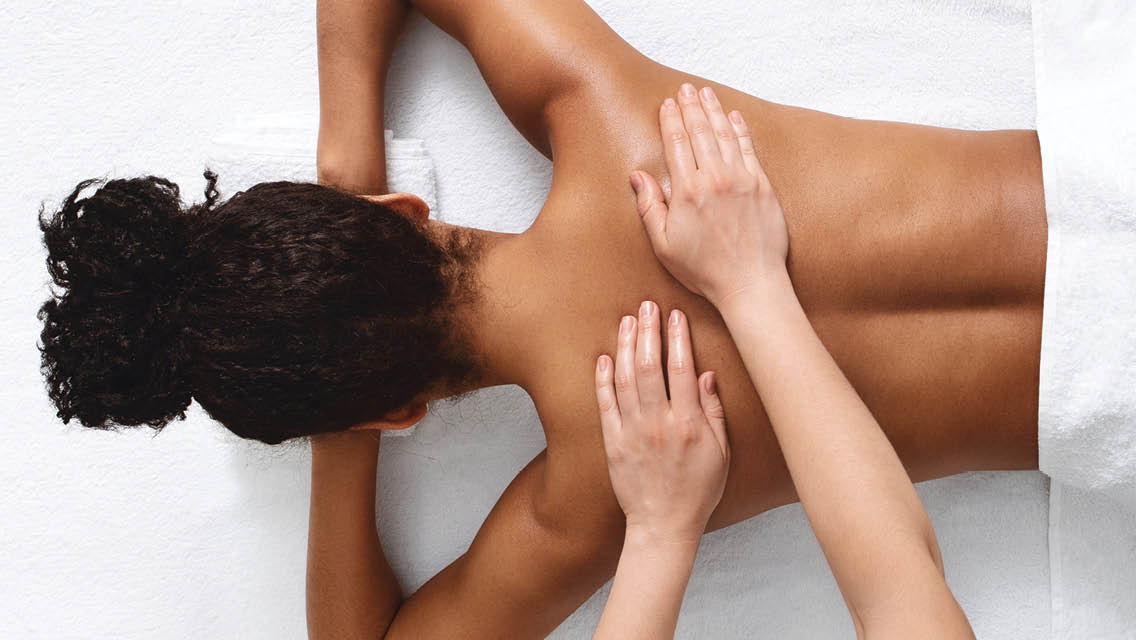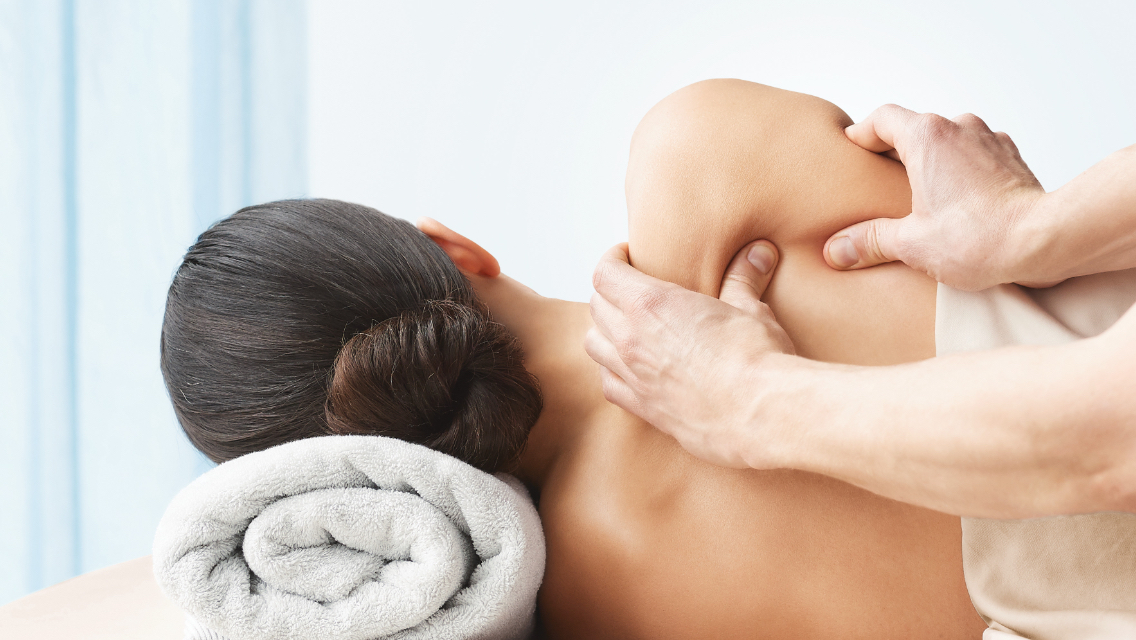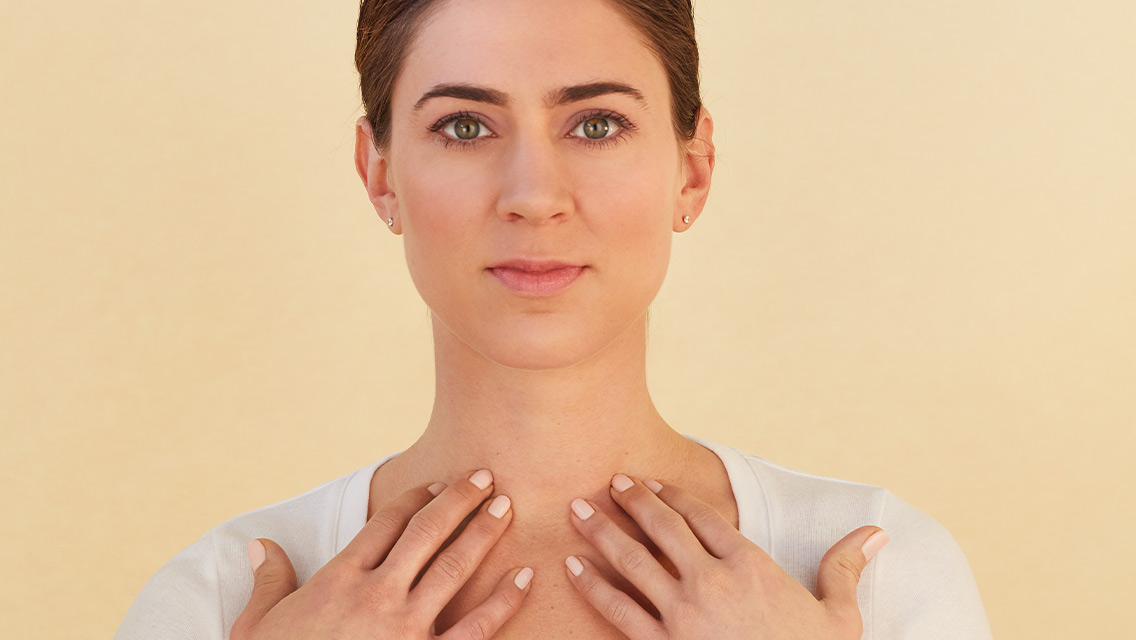Gone are the days of thinking of massage as a luxury service purely for pampering. While body work may still often be viewed as an indulgence to some, it can be argued that massages are as imperative as a dental check-up: they contribute to our total wellness and are instrumental in maintaining and optimizing one’s physical and mental health.
Massage types — and therefore the benefits we get from them — vary widely. Traditional massages, such as a Swedish full-body massage or hot-stone treatments, are stress-relieving and can alleviate soreness while bringing about a state of true relaxation. Then there are massage types that offer these benefits and address specific physical concerns, which is the case with “corrective massage therapy.”
“As the name implies, corrective massage therapy is a therapeutic session in which the goal is to restore balance to the body in cases where there may be misalignments or physical issues from daily living or past injuries,” says Lessie Wethington, LifeSpa massage therapist at Life Time in Frisco, Texas.
Wethington has firsthand experience of the power of this type of massage therapy: “My pregnancy with my daughter misaligned my hips and affected my mobility greatly. I sought help and received incredible care from a massage therapist. After one session of corrective massage therapy, I could walk again with ease.”
Soon after, Wethington put herself through massage school and dived into learning about the science of the body so she could provide the same relief to others.
To help us better understand this massage modality, Wethington shares what exactly corrective massage therapy is and what to expect from it if you decide to partake in a session.
How is corrective massage therapy different from a traditional massage?
With a traditional massage, people generally expect to relax or “zone out” while they receive the service. These massages tap deeply into the parasympathetic nervous system (our “rest and digest” state). You may find your blood pressure lowers as your body feels nurtured and is receiving the strong benefits of touch. People often drift into a peaceful state.
Corrective massage therapy can provide some similar benefits but is more goal-oriented to target a specific physical issue and help correct it, Wethington explains. “It aims to restore functionality in the body by using customized techniques and massage modalities to address an ailment. For example, I can help retrain the muscles in the hips and around the spine like was done for me so a person can walk better and without pain, or I could increase the range of motion in a stiff shoulder.”
Is corrective massage therapy still relaxing?
The experience does include moments that may elicit relaxation, but achieving a state of “rest and digest” is not the goal of corrective massage therapy, says Wethington. “This is less of a ‘zone out’ type of massage. I expect my clients to be alert as I’ll be checking in regularly regarding their pain level and how it increases or diminishes with the technique I’m applying.”
Every stroke may not feel comfortable, but the work is productive and later you can expect to feel more relaxed in general because the therapy is designed to reduce or eliminate ongoing pain. “The goal is to improve how your body feels and functions so your mind and stress levels won’t be activated by the pain, allowing you to be able to enjoy life better,” says Wethington.
What can I expect at a corrective massage therapy appointment?
First, there will be a thorough intake interview where your therapist may assess your posture and/or palpate your muscles to determine the best modalities to use for your specific issue. The different modalities that play a part in corrective massage include trigger point therapy, myofascial release, reciprocal inhibition stretching, and more.
The therapist will tell you about the modality they would like to employ and how it works before the session begins so that you can feel comfortable with it and provide your permission to proceed. “Trusting the expertise of your therapist and feeling safe in your environment are vital in receiving this type of massage,” says Wethington.
How important is communication between a massage therapist and a client?
From the consult through the end of the session, communication is the most important element of the massage, Wethington emphasizes.
“If a client communicates their goals to me in the consult, I’m then able to give them my best approach and plan,” she says. “Throughout the session, if anything goes differently than planned, we both have to be willing to adjust. As a massage therapist, I know what I’m working on and how to safely get the results we’re after, but if my client finds the work unbearably uncomfortable, I need to find a different solution. The two-way communication is vital.”
How do I prepare for a corrective massage therapy appointment?
“The best way to prepare for any massage session is to check in with your body to really notice what does and does not feel right so you can communicate that to your therapist,” Wethington advises.
Having a goal for the session and keeping an open mind about what your therapist recommends are two other key elements. And one of the additional best ways to prepare, Wethington urges, is to come to the appointment hydrated. “When you’re hydrated well, your circulatory system is functioning at its best,” says Wethington. “Hydration allows for healthy blood to be available to the tissues, which aides in faster healing.”





